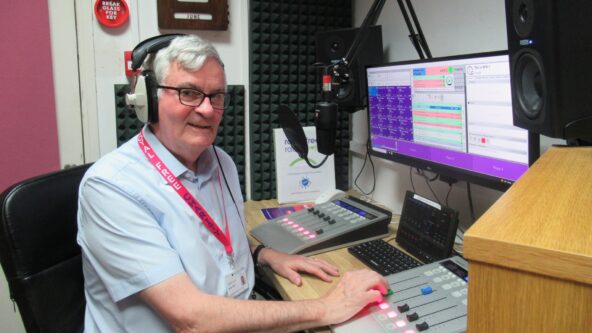The new da Vinci Xi surgical robot – a sibling for the ten-year-old da Vinci Xi of operating theatre 13 – helps surgeons carry out complex surgery for pancreas, liver and bowel cancer so that patients recover faster with fewer complications, less pain and reduced scarring.
Funded entirely by the generosity of the public and charitable foundations, the new robot joins the NHS trust following a major fundraising appeal by the charity. Having raised £1.7million so far, they are £300,000 from reaching their £2million target. The charity is grateful to the robot’s manufacturer, Intuitive, for installing the robot while the campaign is still live, enabling medics to help more patients and train the surgical robotics team.




